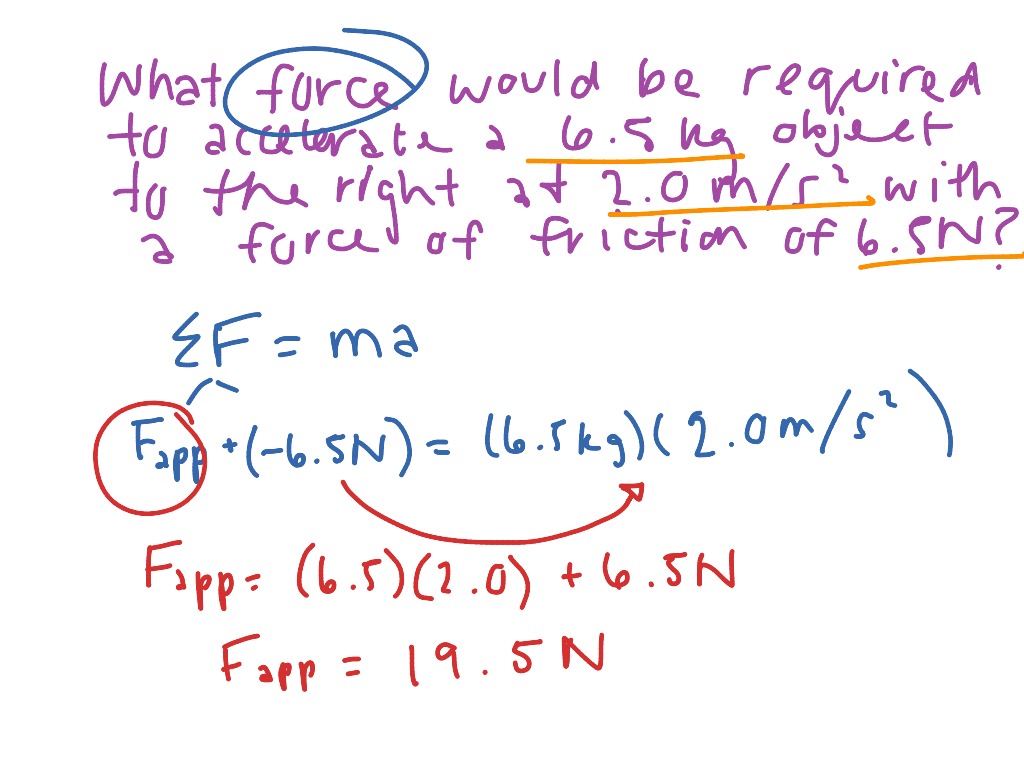


We've all come across the equation that is often used to describe Newton's second law of motion. We could repeat this process, dividing velocity by time to calculate acceleration - whether the object of interest is speeding up, slowing down, or moving at a constant velocity. However, if we are interested in the direction the object of interest has moved in - and let's face it, direction is a pretty important part of sport - then we'd refer to it as velocity. If we're not worried about the direction the object of interest has moved in then we can refer to the result as speed. So, hopefully we all know that if you know how far something's moved and you know how long it took to move that we can calculate its speed? Essentially, we take how far it's moved and divide it by how long it took to move. Of course, I appreciate that maths (yes, I'm English - we invented the language and that's what we call it) isn't necessarily everyone's cup of tea, but don't fret, I'm no mathematician so I'll do my best to take the worst of the sting out of the following explanation. Now, if you've learned anything from my blog posts it's the power of understanding where your data comes from and it's because of the three points I just listed that I think it's important that you understand how we get velocity from force. The work performed and the power achieved by moving it.How then, can we go from knowing how hard something is pushed or pulled to knowing how fast it moves? Well, this is an important question because being able to calculate how fast something moves lets us calculate the following. We also know that force is how hard you push or pull something. Input the numerical values of the variables of any given velocity equation and wait for a mere millisecond or two and you will have the answer to the equation.So, we now know that we can get an awful lot of fascinating and useful information from simple tests performed on a force plate measurement system. Velocity = (Velocity * Time) + (Velocity * Time) Final Velocity = Initial Velocity + Acceleration * Time.What is the formula to calculate velocity? Velocity is involved with many aspects of physics and there are three primary distinct types of velocity called terminal velocity, escape velocity, and realistic velocity.Ĥ. What are the different types of velocity? Velocity takes into account the direction too.ģ. Speed only calculates the distance covered by an object. Velocity is a vector (magnitude and direction is taken into consideration), and speed is a scalar (it has magnitude but does not consider direction in its formula). It is one of the basic principles acting like building blocks for classical mechanics that consider the motion of bodies.Ģ.What is the difference between speed and velocity? Velocity is determined on the basis of what is the difference between the final and initial position and direction of movement. Seek help regarding math, physics, chemistry concepts all at one place on Physicscalc.Com Question: If an object travelled 500 meters in 3 minutes, what is the average velocity?įirst take into account the formula ģ minutes will be converted to seconds. The third formula gives a mathematical equation to average velocity and the weighted average of velocities. The second formula explains what happens to velocity after a certain time of acceleration. Velocity = (Velocity * Time) + (Velocity * Time)Įach of the above formulae tackle different aspects of velocity which come under the spectrum of velocity itself. The three different formulations which represent velocity are in the followingįinal Velocity = Initial Velocity + Acceleration * TimeĪvg. Calculate the velocity performing the mathematical calculations using the numerical values.Substitute the variables with their numerical values in the formula.Velocity is denoted as V, the other variables which it is equal to shows the relationship of velocity and variables like time, distance, initial acceleration, etc.

First determine the value of all the variables which go into calculating velocity.Follow these guidelines to solve the velocity easily. Simply follow the procedure in terms of substituting the values in exchange for variables. Find the three formulas below along with a step-by-step analysis of what to do with them in order to calculate and solve the problem.


 0 kommentar(er)
0 kommentar(er)
